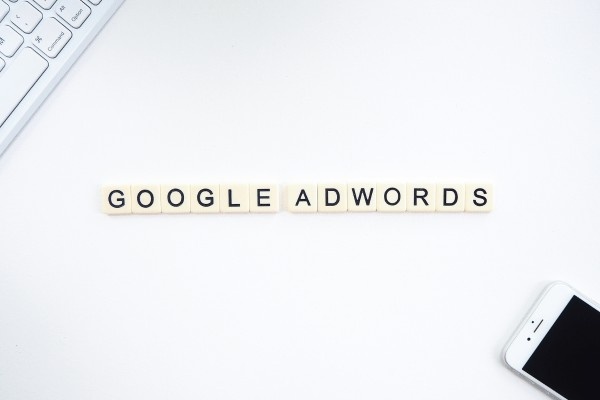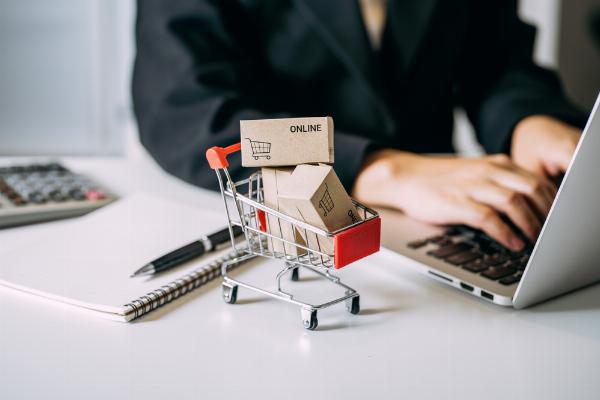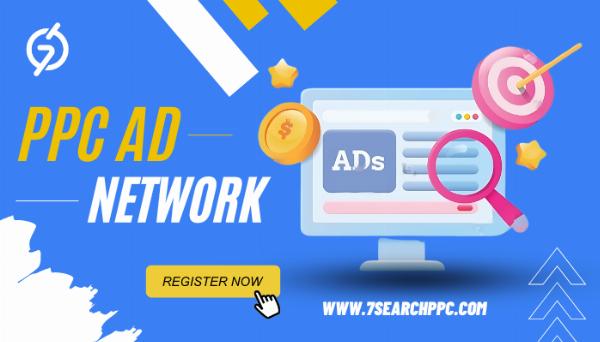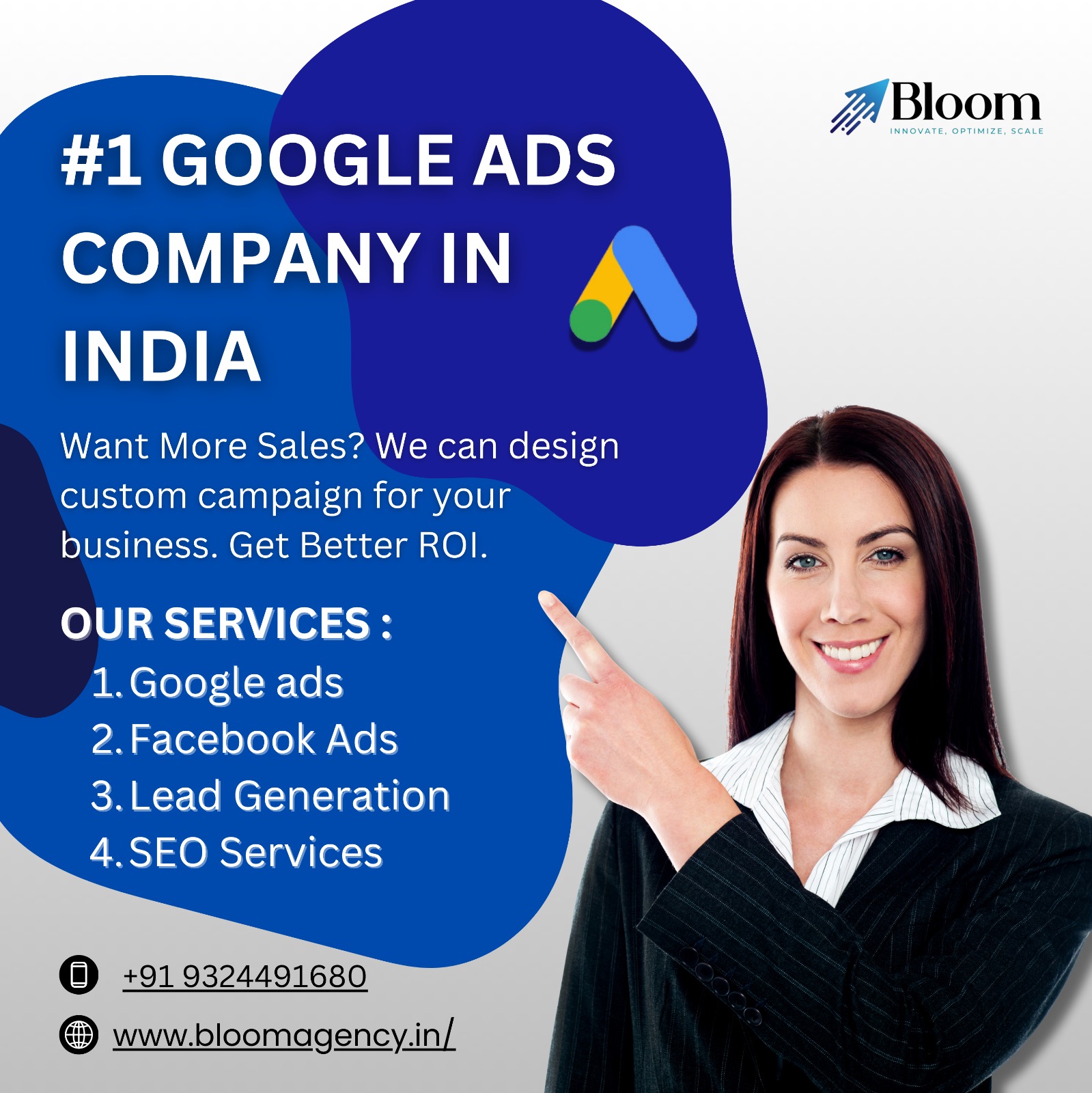AI‑Powered PPC Advertising for Home Services: Smarter Bidding, Bigger Results
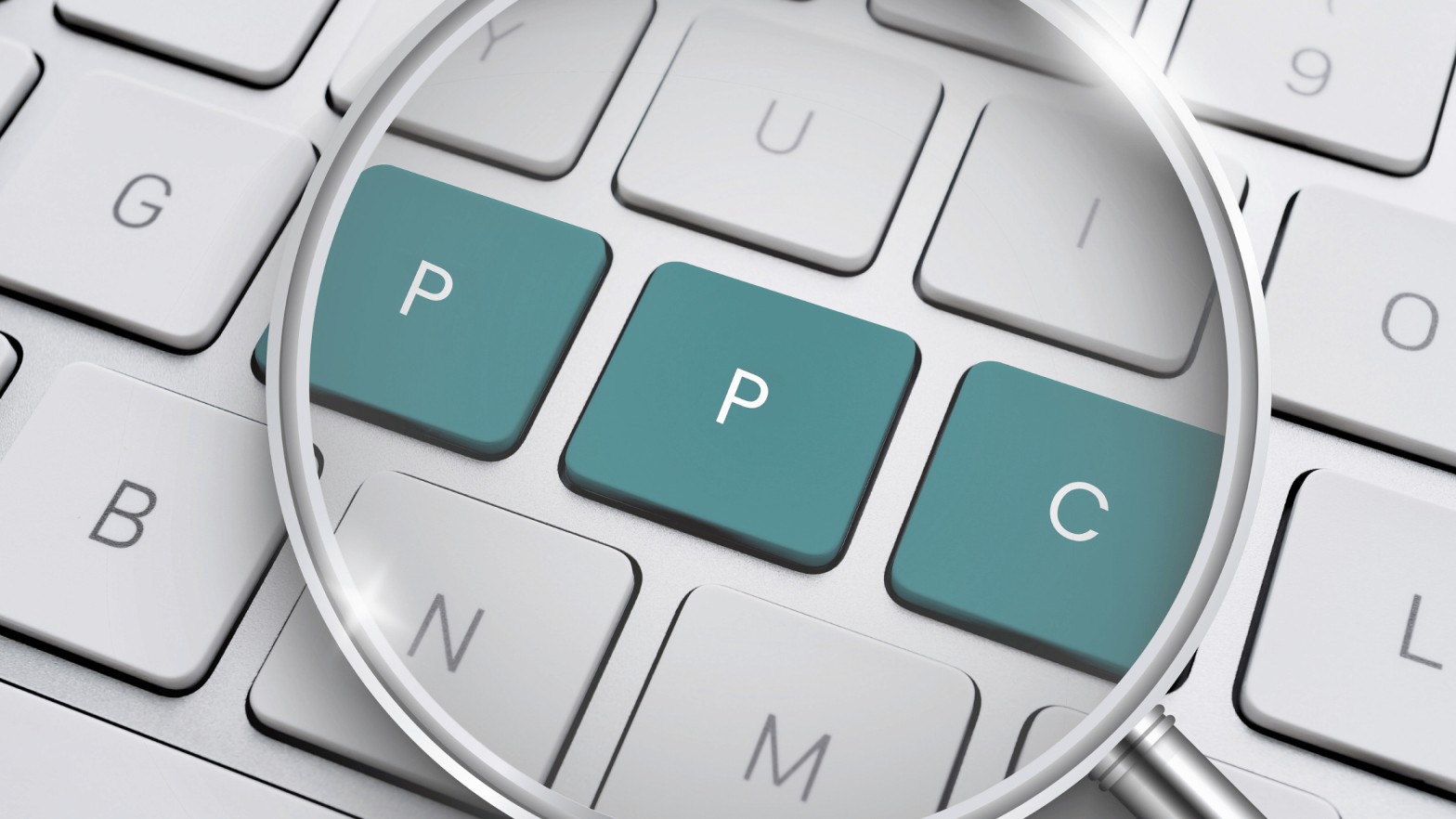
Strong 8k brings an ultra-HD IPTV experience to your living room and your pocket.
If you run an HVAC, plumbing, roofing, cleaning, electrical, or landscaping business, you already know PPC can be a growth engine but 2025 is the year it becomes smarter. Thanks to rapid advances in Google’s and Microsoft’s AI, home service advertisers can bid more intelligently, see clearer reporting, and automate more of the grunt work, freeing your team to focus on creative, customer experience, and closing high‑value jobs. Below, you’ll find the latest updates, fresh stats, and a field‑tested playbook to turn AI into tangible leads and revenue.
What’s New (and Why It Matters)
Performance Max gets more control and transparency. Google has rolled out deeper channel‑level performance and asset group reporting, search term insights, device targeting, brand exclusions, and high‑value new‑customer modes giving you real levers to steer AI instead of flying blind.
Smart Bidding takes a leap. Google’s Smart Bidding Exploration lets you safely explore more query categories with flexible ROAS targets. Early data showed +19% conversions and +18% growth in unique converting query categories in tests.
Local Services Ads (LSA) shift to AI‑assisted bidding and credits. LSA introduced Target Cost Per Lead (TCPL) to balance control and volume, and Google began automating crediting for poor‑quality leads changes that alter how home service companies manage budgets and dispute low‑quality calls.
Gemini helps you build better Search campaigns. Google’s Gemini‑powered conversational workflow in Google Ads can generate keywords, ad copy, and images from your site and brand inputs, speeding creation and improving “Ad Strength,” which correlates with conversion lift.
Microsoft Ads continues automating bidding. Microsoft has pushed advertisers toward enhanced/automated strategies (like eCPC and conversions‑focused bidding), reflecting the same broader AI trend as Google.
The Numbers Home Service Pros Should Know
CPL benchmarks: Across industries, average paid cost per lead (CPL) varies widely; for HVAC, a 2025 analysis put paid CPL near $115 (blended $92). Use this as a directional yardstick your market may run higher for emergency and seasonal spikes.
Search ad costs & intent: Home services categories are notoriously competitive. Benchmarks show CPLs for common categories (plumbing, roofing, pest control, etc.) often fall in the $29–$101 range on search, with CPCs typically $3–$9.
Consumer behavior: In many home service verticals, 55%+ of consumers start with a search before booking; calls often represent your most valuable conversions, and local mobile searches can convert fast.
Broad match + Smart Bidding can unlock volume: Google’s own data has long indicated ~25% more conversions when shifting from phrase to broad match under Smart Bidding, and recent industry studies suggest broad match can drive higher revenue per conversion when paired with automated bidding (trade‑off: higher CPA risk).
A Practical 2025 Playbook for AI‑Powered PPC in Home Services
1) Modernize Your Bidding (and Teach the AI What Value Means)
Adopt value‑based bidding (tROAS or Max Conversion Value) and send enhanced conversion values that reflect job type, ticket size, emergency surcharges, warranties, or maintenance plan sign‑ups. This trains the algorithm to prioritize the leads most likely to become high‑margin jobs.
Pair with broad match to expand eligible auctions while Smart Bidding adjusts in real‑time at auction level.
If you can stomach controlled exploration, test Smart Bidding Exploration to capture incremental queries (e.g., “heat pump tax credit” or “what to do when pipes burst”) that your strict ROAS settings may be filtering out.
2) Use Performance Max with the New Guardrails
Build PMax around a clear primary goal (calls or form fills) and rich creative assets (before/after images, short vertical videos, FAQs).
Deploy campaign‑level negatives, brand exclusions, new‑customer acquisition (including “high value” mode), and device targeting to limit wasted spend and prioritize net‑new households.
3) Treat Local Services Ads Like a Separate, AI‑Assisted Channel
If you’ve been on Max Per Lead, test TCPL to unlock more volume at a controlled average CPL.
Keep rating your leads in‑dashboard so the system learns what quality looks like for you.
4) Build Conversion‑Ready Experiences (This Is Where Humans Shine)
AI can write ads but your landing page and call flow close the sale. Tighten site speed, mobile UX, sticky click‑to‑call, financing banners, and location‑based trust signals (licenses, reviews, badges).
If you work with a Web Design Agency, ensure they know your call handling SLAs and can instrument conversion tracking, not just aesthetics.
5) Optimize for the Phone First
Calls remain the most valuable conversions for urgent jobs. Implement call tracking with keyword/campaign attribution, score call outcomes, and feed qualified call conversions back into Google Ads/Microsoft Ads as offline conversions to strengthen bidding.
6) Tighten Measurement and First‑Party Data
Use Google Ads Data Manager and updated consent tools to unify CRM lists, job history, and repeat‑customer value fuel for smarter audience modeling and measurement in a privacy‑constrained world.
Build remarketing and Customer Match segments (e.g., “annual tuneup due” or “maintenance plan lapsed”) and layer them into Search/PMax to prioritize high‑intent homeowners.
7) Don’t Ignore Microsoft Ads
Many competitors under‑invest here. With Microsoft’s move toward enhanced automated bidding for native and search placements, you can replicate your value‑based structure and often win cheaper incremental leads especially in desktop‑heavy markets.
Putting It Together: A Simple Structure You Can Deploy This Quarter
Campaign mix: Search (exact + broad under Smart Bidding), Performance Max, Local Services Ads, and a lean Microsoft Ads replica.
Bidding: tROAS or Max Conversion Value with accurate values; enable Smart Bidding Exploration in one pilot to chase incremental intent.
Creative: Ads built (or augmented) via Gemini; short vertical video cutdowns; location and urgency angles (same‑day, 24/7, financing).
LSA: Shift from Max Per Lead to TCPL if volume is constrained; maintain lead quality ratings weekly.
Measurement: Call tracking with outcomes → offline conversions; CRM audience uploads; Data Manager for first‑party data unification.
Weekly actions:
Reallocate budget using PMax channel performance and asset group reports.
Add search themes/negatives; refine location targeting and ad schedules to when dispatch picks up fastest.
Review LSA lead ratings and call recordings to spot spam patterns or opportunities.
Final Word
AI won’t replace your Home Services SEO Marketing or creative instincts but it will multiply them. The winners in 2025 will combine algorithms‑friendly structures (value‑based bidding, clean conversion data, rich assets) with human‑led differentiation (brand, reputation, call experience, and community presence). Whether you’re running campaigns in‑house with a Digital Marketing Team, partnering with a Web Design Agency, or working with a specialist in PPC For Home Service Companies, make this the year your bidding gets smarter and your results get bigger.
Note: IndiBlogHub features both user-submitted and editorial content. We do not verify third-party contributions. Read our Disclaimer and Privacy Policyfor details.



